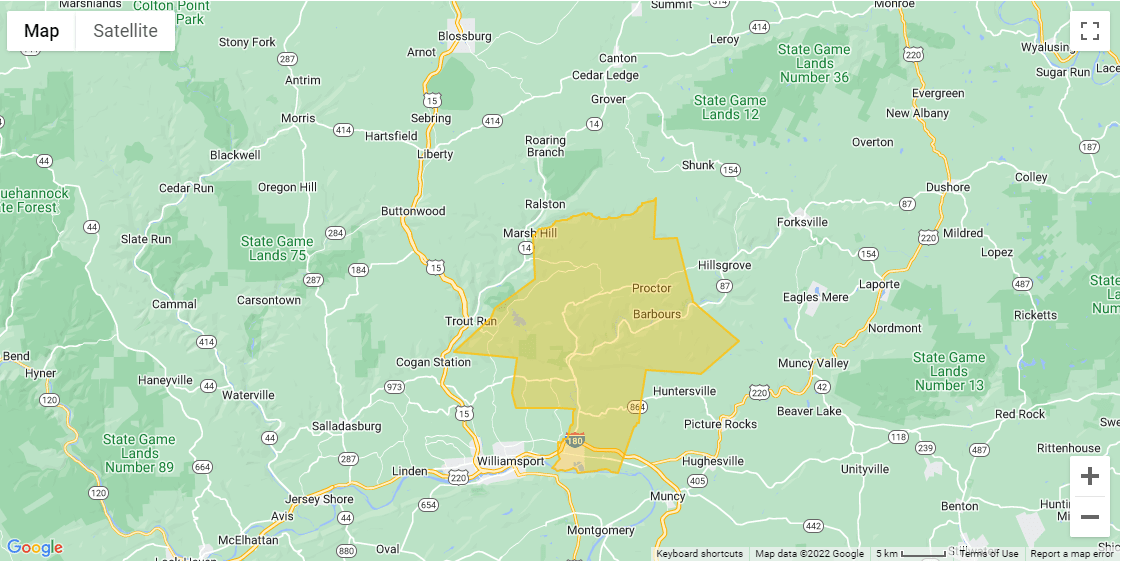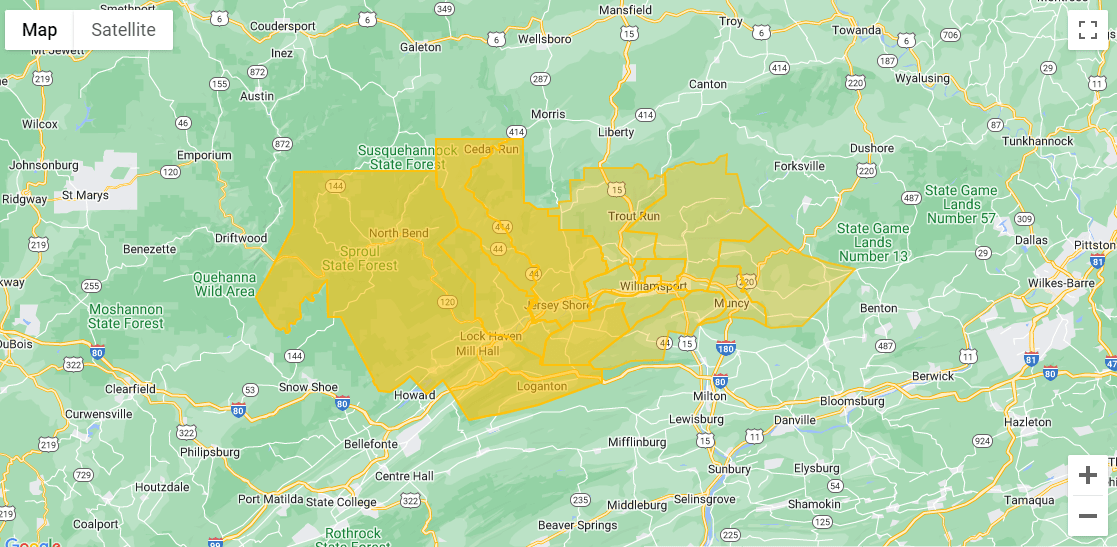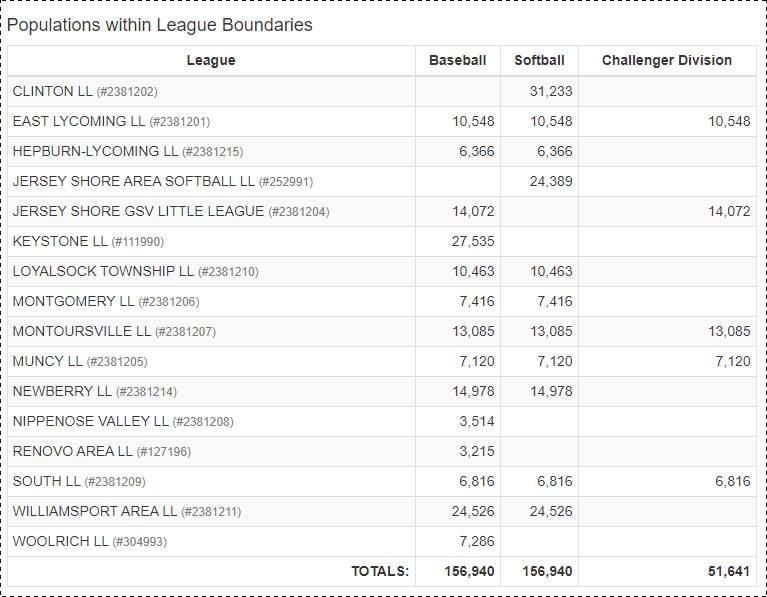League Population: How Many People Live Inside Your League Boundaries
Little League® International takes pride in being a community-based youth sports program, and since 1939, the organization’s mission has been to provide children the opportunity to play with their friends and neighbors. To help ensure that leagues are community-based and that there is parity between leagues, every local Little League program around the world operates within a distinct set of boundaries. To be a member of Little League, any local community must receive a charter issued by Little League International. A primary component of the league charter is a count of the total number of people – the general population in the area – that the league will service and draw participants from within those boundaries.
Understanding the population within a certain geological boundary is important for all league officers to know, whether you’re a new group of volunteers looking to affiliate with Little League for the first time, or you’re looking to take advantage of Little League’s Interleague Play or Combined Teams options.
There are several free online resources available that can help a league quantify its general population.
The United States Census Bureau provides such a population discovery tool that is easily accessible. For any local league or district official attempting to complete a charter application, or enter information to operate a combination or interleague situation, use CensusViewer.com. Other good resources for helping to understand a population within a league’s boundaries are local school districts, as well as through contacting the municipalities that the league serves.
If you are not sure of what leagues are near you, or are looking for an accurate boundary map for a league, the Little League Finder is a quick, easy, and free way to discover what chartered Little Leagues are operating near your location.
As Little League International continues to evolve the offerings through the Little League Data Center, local leagues can charter, purchase insurance, interleague with other Little Leagues, and establish team combinations that provide a broader opportunity for children to play in the program.
View League Boundary Map
1. Log in to the Data Center and click “View Boundary Map”
2. The total population within the league’s boundary is displayed on the map in the popup that shows the league name and ID (for district officer use only):

View Boundary Maps In District
1. Log in to the Data Center and click “View Boundary Maps in District”
2. The total population within the league’s boundary is displayed on the map in the popup that shows each league name and ID:

3. A table of leagues and populations is also available below the map on the same page:

Population and location information are a necessity to have in hand when chartering with Little League Baseball and Softball. Knowing the current population of the area in which a local league is operating may also help with decisions regarding expansion of the program through the addition of Little League Softball®, Teenage baseball divisions or the Little League Challenger Division®. It will also help in the completion of requests to utilize the Interleague Play and Combined Teams options.
Little League is about community, and knowing the number of people in your community is important for all league officials.